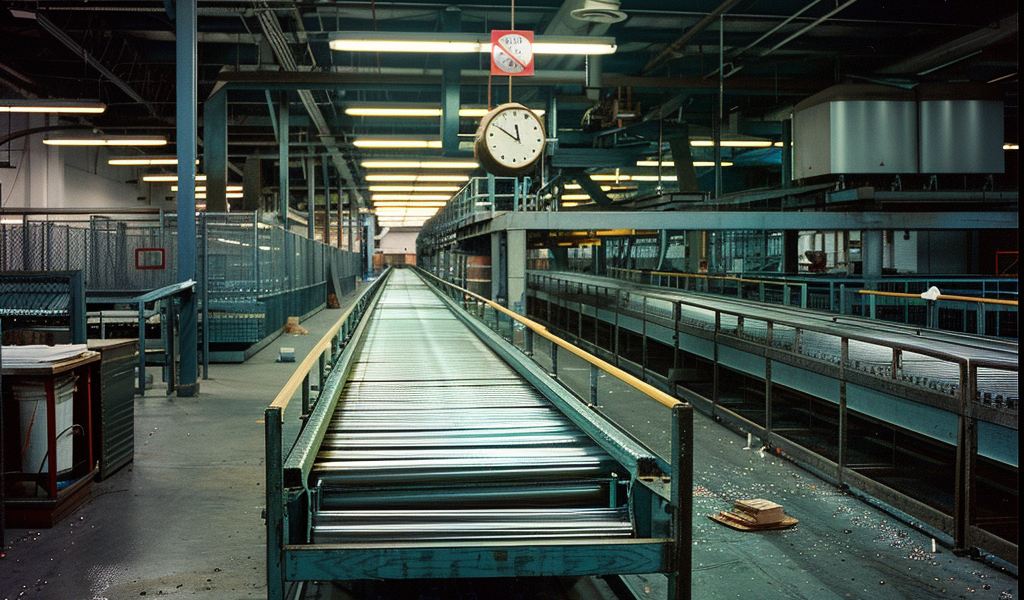The latest report from the Institute for Supply Management (ISM) has unveiled a concerning trend in the U.S. manufacturing sector, as the manufacturing index has unexpectedly dipped to its lowest level in over a year. The Manufacturing Purchasing Managers’ Index (PMI) fell to 46.5 in October, down from 47.2 in September, indicating a contraction in manufacturing activity. A reading below 50 signifies a decline in the sector, and this latest figure is a stark contrast to economists’ expectations, which had predicted a slight increase to 47.6.
This decline marks a continuation of a troubling pattern for the manufacturing sector, which has now experienced seven consecutive months of contraction following a brief expansion earlier this year. Timothy R. Fiore, Chair of the ISM Manufacturing Business Survey Committee, noted that after a 16-month streak of contraction was broken in March, the sector has struggled to regain momentum.
The recent drop in the manufacturing PMI is attributed to a significant decline in production. The production index plummeted to 46.2 in October, a notable decrease from the previous month’s reading of 49.8. This sharp decline highlights the ongoing challenges faced by manufacturers as they navigate a complex economic landscape.
While the new orders index showed a slight improvement, rising to 47.1 from 46.1, it still indicates contraction. This suggests that demand for manufactured goods remains weak, as companies appear hesitant to invest in capital and inventory. Concerns over inflation and the uncertain direction of federal monetary policy, especially in light of proposed fiscal policies from both major political parties, have contributed to this cautious stance among businesses.
In terms of employment, the index did see a minor uptick, rising to 44.4 in October from 43.9 in September. However, this still signals contraction in the labor market for the fifth consecutive month, following a brief expansion in May. The Labor Department’s recent report revealed a loss of 47,000 jobs in the manufacturing sector for October, largely influenced by the ongoing strike involving Boeing machinists.
On the inflation front, the prices index experienced a significant increase, jumping to 54.8 in October from 48.3 in September. This shift indicates that the prices of raw materials have risen after a decline the previous month, further complicating the operational landscape for manufacturers.
Looking ahead, the ISM is set to release a separate report regarding U.S. service sector activity for October. Economists are currently forecasting a decrease in the ISM’s services PMI, predicting it will drop to 53.3 from 54.9 in September, although a reading above 50 would still represent growth in that sector.
The current state of the manufacturing sector raises critical questions about the overall health of the U.S. economy. With ongoing challenges such as inflation, labor disputes, and uncertain policy directions, businesses are navigating a precarious environment that could have lasting implications for economic growth.
As the economic landscape continues to evolve, stakeholders across various sectors are advised to stay informed and prepared for potential fluctuations in market conditions. The upcoming reports and economic indicators will be pivotal in shaping expectations and strategies moving forward.





